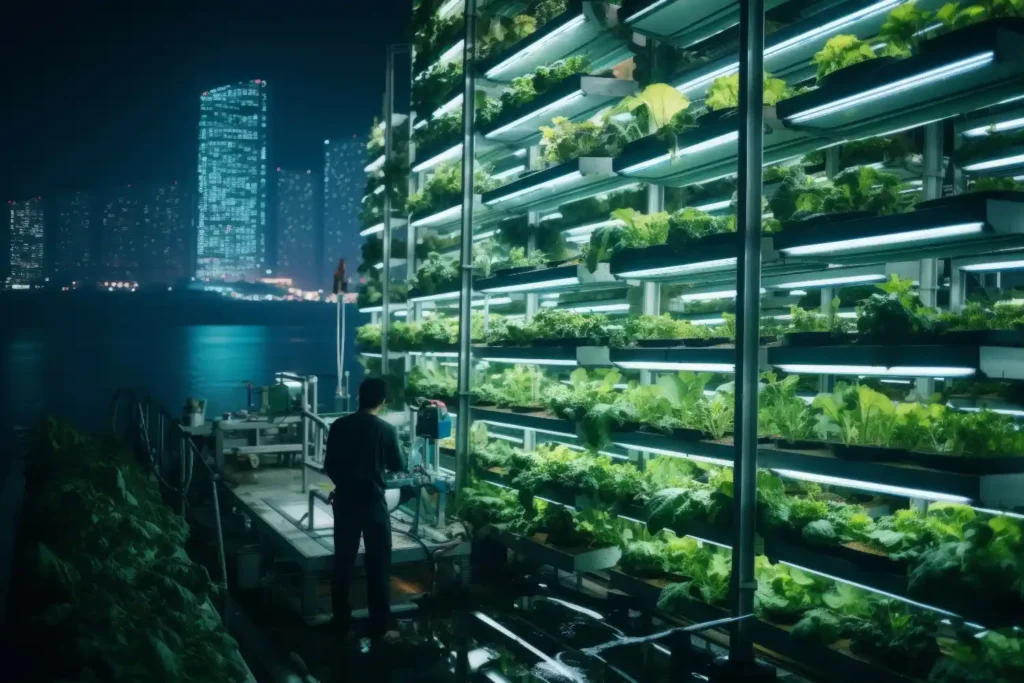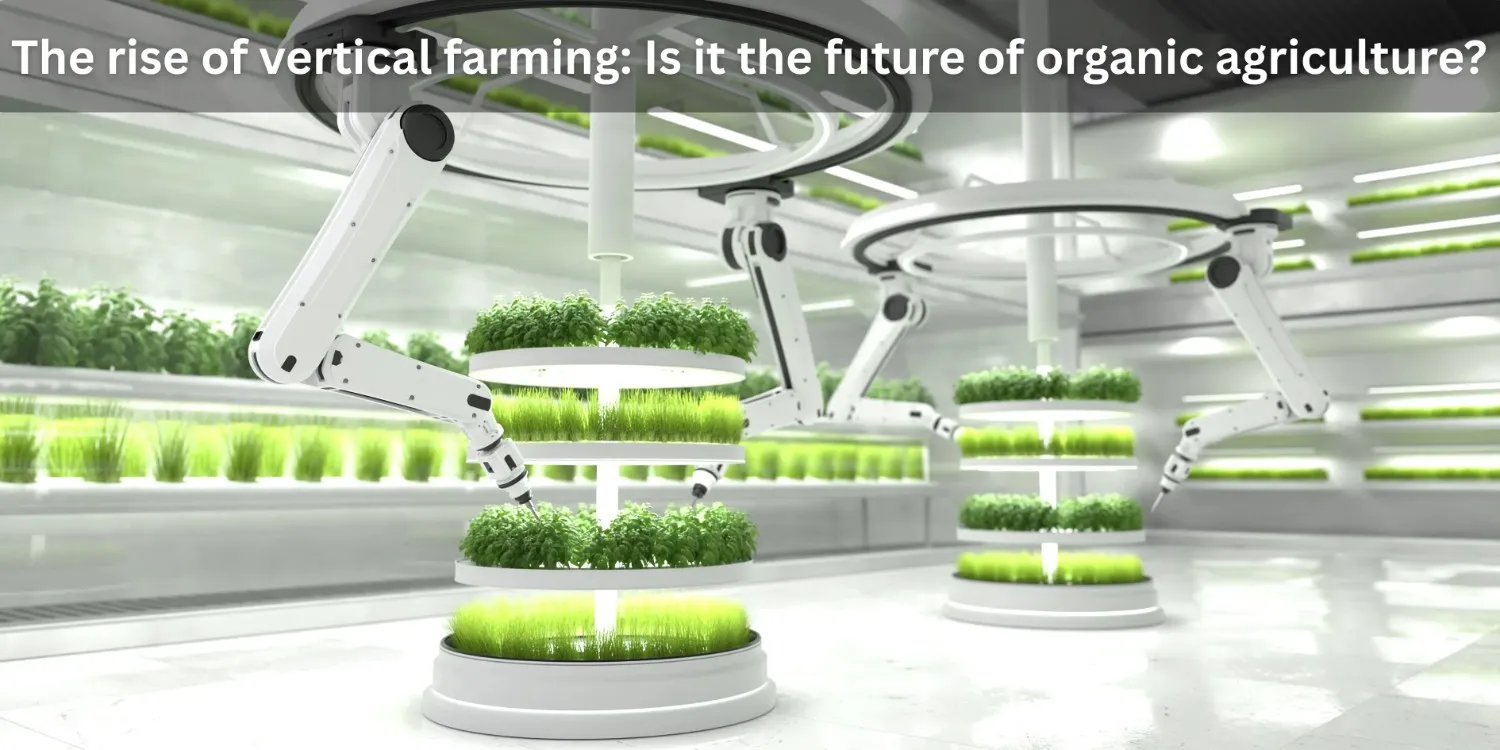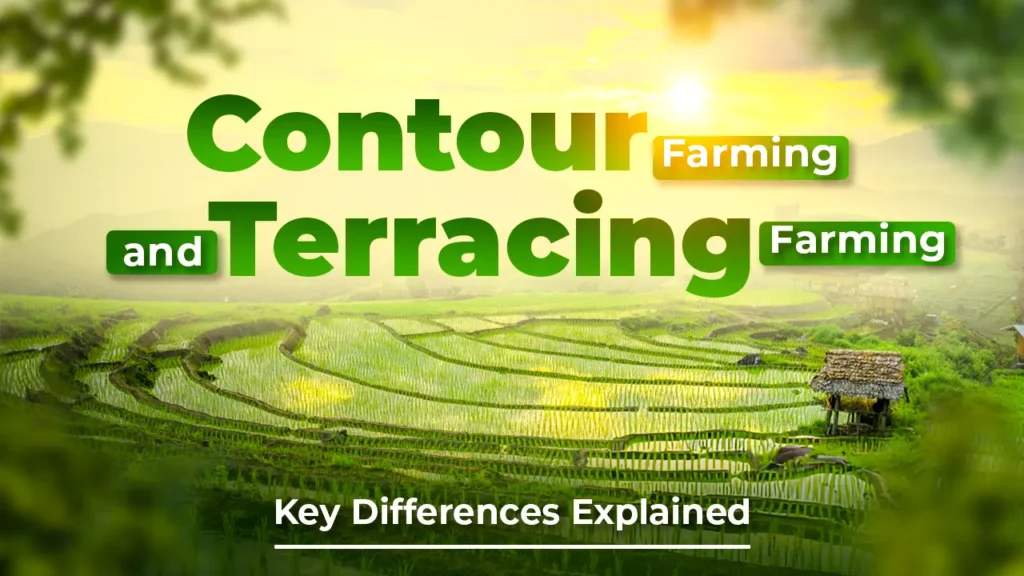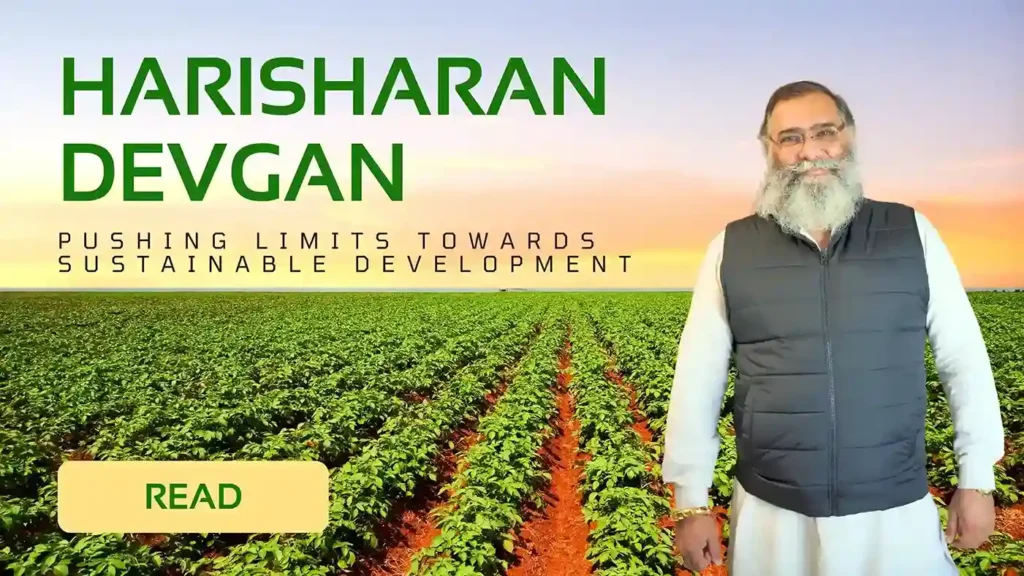In the era of a modernized world, with the rapidly growing demand for food production. There is an evolution of new methods and techniques of farming in the agricultural concept. In this global phenomenon, cultivators are not limited to the conventional method of agriculture.
Its scope is widening with the population increase and enhanced influence of urbanisation on agricultural practices. Vertical farming is a revolutionary concept; it is an advanced and sustainable answer to the ever-increasing food demand in our flourishing society, and to meet the requirements of the future generation as well. This blog will give you a glimpse of vertical farming, the future of organic farming, hydroponics, and indoor farming.
You Can Read Also: Organic certification: why it matters for farmers and consumers
Vertical Farming: Meaning & Relevance

Tracing the past of vertical farming
The concept of vertical farming can be found in ancient reminiscence, which gathered momentum due to urbanisation and environmental concerns. The earliest known fact of vertical farming can be traced back to the Hanging Gardens of Babylon( around 600 BC). Where plants were grown in multilayer gardens.
Want to dive deep into the futurist farming? Culminating with the ideologies of conventional farming knowledge, and the application of innovative techniques of cultivation. Then vertical farming is the answer with new technologies and rediscovering the essence of gardening, which is tucked upon the corners and rooftops which producing fresh vegetation.
There is a unique combination of futuristic farming with the reality of vertical farming in India. Which is ingrained and emphasised in reinvented technologies and creativity to handle the ever-growing population’s food requirements and its nourishment.
Vertical farming is a unique practice of growing crops in stacked layers, which is typically grown in a controlled and monitored situation in an indoor environmental setting. Its ideology is motivated by hydroponics, aeroponics, and aquaponics, where the roots are submerged and exposed in water, in place of soil.
The outward stimuli are controlled, like the temperature, humidity, and the light effect; this procedure produces high yields.
Urban Organic Farming
Urban organic farming is all-natural, chemical-free, farm products produced in your home comforts. Urban farming is the perfect answer to make effective use of the space in the dense city, which contributes to greater food production and security.
In the world of increasing demand for environmental concern and food safety, and enhancing soil health. Organic farming has emerged as a powerful alternative to conventional agriculture. India, with its proliferated heritage and biodiversity long established knowledge, is positioned in the global organic uprising.
From the rising demand in food production in urban areas, which is driven by chemical-free farming, organic agriculture in India is undergoing a huge transformation.
Future of Organic Farming
With its over emphasizing impact of organic food on the environment and the farmer’s life is an everlasting bond with enhanced support for food security. The future of organic farming in India looks promising.
As the consumer is becoming more and more aware and farmers receive better help and support, organic farming will become the backbone of sustainability.
India’s agricultural system is going through a powerful transformation; the traditional farming practices are being replaced with smarter and eco-centric alternatives, which are revolutionizing the concept of organic farming. The real scenario change is the inclusion of technology in the super-paced agricultural system, which is fueled by innovation, data, and smart solutions.
India thrived on the legacy of natural farming. But, its overdependence on chemical fertilizers and pesticides has led to soil degradation, decline of biodiversity, and many serious health problems.
In reaction to that, many consumers are inclining towards organic produce government initiatives are offering strength to the sustainable farming models. Organic farming proclaims the idea of never settling for less. It’s no longer a trend rather emerging as a necessity which helps in nourishing the soil, healing the water conservation, supporting biodiversity, and for the farmer, the concern is vast adaptability of the organic farming without hampering the yield or with stable profitability.
The new age organic farming has superseded the conventional ideologies. Now, they are infused by science, the idea of sustainability and modern technologies, and self-sufficient tools. This leads to avoidance of chemicals but enhances soil health, increases crop yield, and reduces environmental impacts through modernised solutions in Biochar application, real-time data analysis, and sustainability metrics.
Understanding Hydroponics Farming
In an urbanised modern world, having limited space for conventional farming, hydroponics has emerged as a different name with a unique mechanism. Hydroponics is the method of growing and implantation of plants without soil, used with nutrient-infused water. This technique has become quite popular among the cultivators and can be cultivated in areas having poor to no soil, making it suitable for urban areas.
But what is the real relevance of hydroponics all about?
Hydroponics are unique kind of soilless cultivation of crops where the plants are nurtured in water rather than in soil, with roots submerged, which ensures direct supply of nutrients to the plant’s root, which leads to faster growth, higher yields, and healthier plants.
Hydronics is playing a pivotal role in sustainable agriculture. As with the growing emphasis on large-scale food production due to extensive urbanization. By offering a modernized, advanced technique to replace the old traditional method of farming with a technology-based system. Hydroponics is a regenerative technique to overcome the evolving agricultural practices.
The revolutionizing system is paving the way for techno-efficient AI automation, which will make hydroponics more accessible and effective in recent years. As more cultivators adopt hydroponics, we expect to see the fresh cultivation around the market even without the use of soil.
Indoor Farming Mechanism:
Indoor farming is a revolutionary concept of growing crops within a specified area in a controlled setting by utilizing techniques like hydroponics and vertical farming to enhance the efficiency and sustainability.
Indoor farming is very well-known as vertical farming, which is grown in enclosed spaces such as greenhouses, closed indoor spaces, containers, and ceilings. This technology allows for precise control over the environmental conditions, which include temperature, humidity, light, and nutrient content.
There are three different methods of indoor farming:
- Hydroponics: This technique utilizes water at the place instead of soil to grow higher yields while using less water as compared to traditional farming.
- Aeroponics: In this method, the plant grows in the air, which provides it with nutrients and moisture, replacing soil.
- Vertical Farming: This is a unique modern approach that stacks layers of crops vertically and increases production density. It’s beneficial in urban areas where there is little or no soil and there is limited land.
Final Thought!
Embarking upon a new and extraordinary journey of cultivation, you need to patiently emphasize the role of vertical farming, which is prevalent in many parts of India. This marks a paradigm shift in the agricultural practices. We step into the advanced technology of cultivation.
Induced by promising benefits and an array of suitable crops. Vertical farming stands ahead in promising a fruitful future. It overcomes many extended challenges. Hydroponic farming is better than any other form of farming system. The current farming on land may cause more greenhouse gas emissions and disruption of soil health, which is not adequate for ploughing, and there is less availability of land.
Hydroponic farming requires great and extensive research. The farming system needs time and attention.
From 2025, a drastic revolutionary change is occurring, where Indian agriculture is not just about producing a crop. It’s all about attaining sustainability intelligently and transparently. Having access to advanced new organic farming technology.
Indian cultivators are all geared up to preserve the global environment while taking care of the atmosphere. The future of Indian farming is not only organic, it’s advanced and technologically reliable.
Frequently Asked Question



